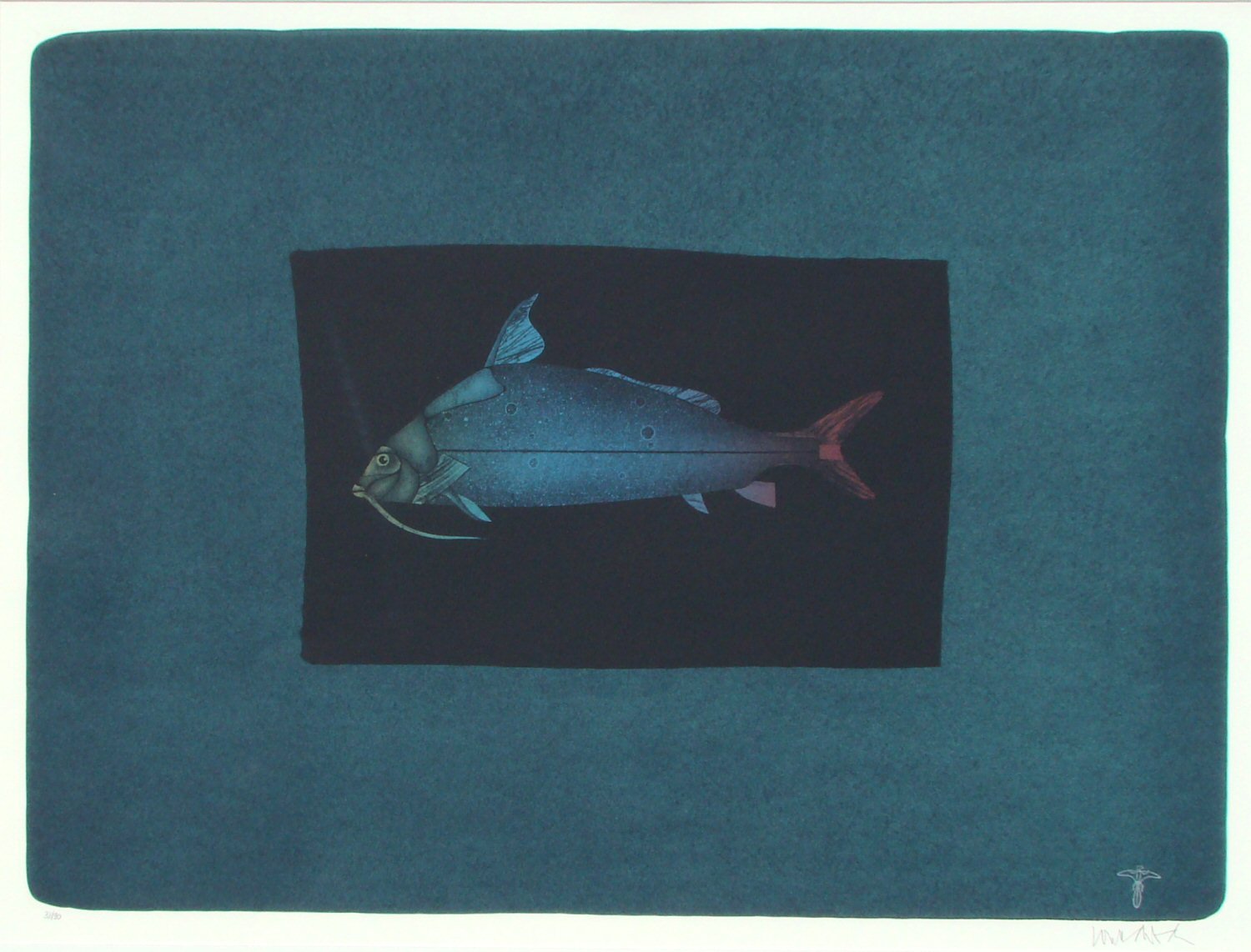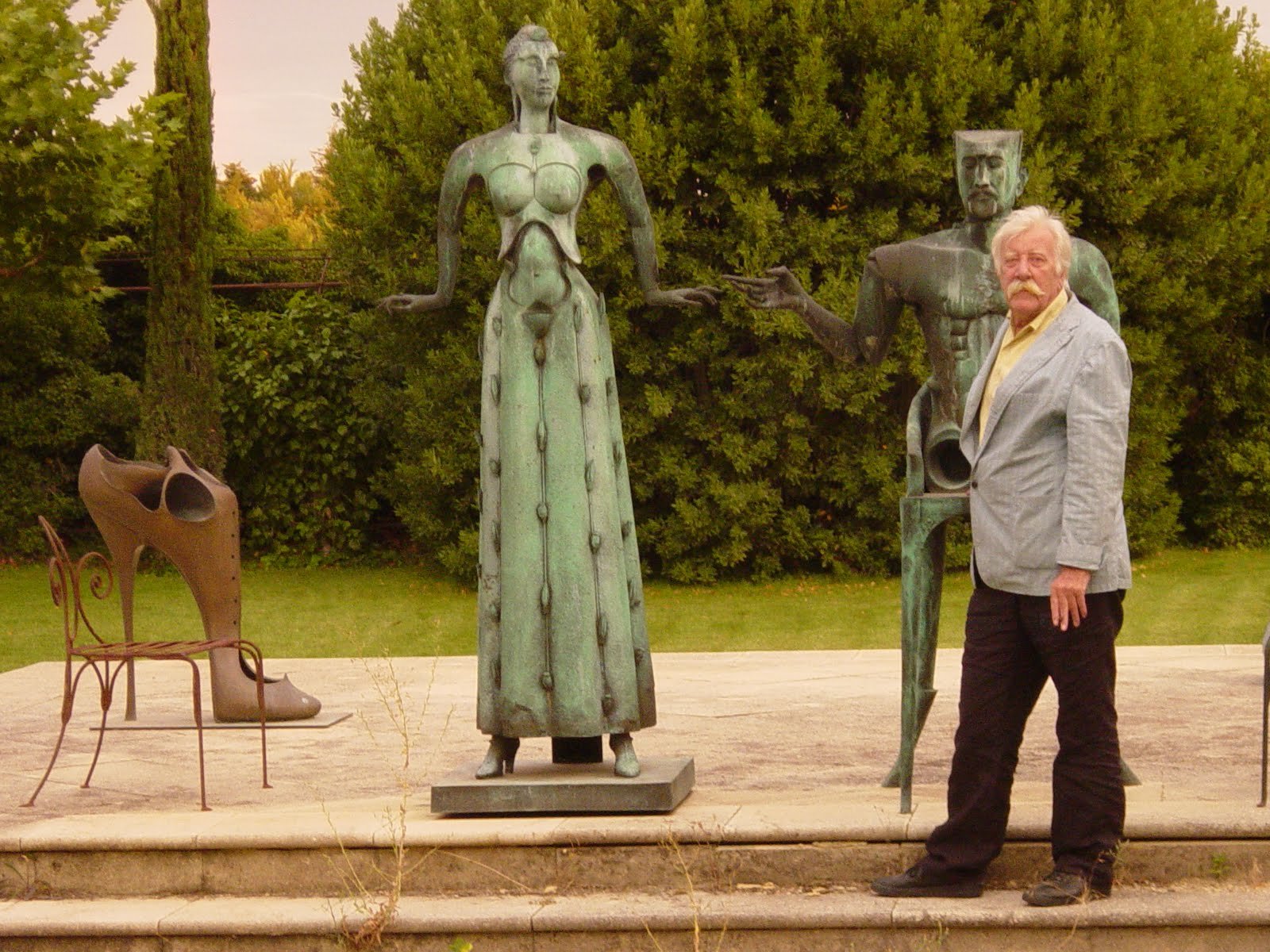

Paul Wunderlich was born in Germany in 1927. He died in France in 2010. Wunderlich’s prolific works in painting, drawing, lithography and sculpture are linked to the second generation of Fantastic Realists, sometimes called Magical Realists, who were inspired by dream imagery.
After Picasso and Max Ernst no other artist has contributed as much to the sculpture of painters as Wunderlich. The thematic for his sculptures and objects is closely linked to his paintings, drawings and lithographs.
Wunderlich studied at the Hamburg Academy of Fine Art. He has been exhibited widely throughout the world. His work is included in the collections of the Museum of Modern Art, New York, Museum of Modern Art, Philadelphia, Museum of Modern Art, San Francisco, Getty Museum, Hirshhorn Museum, Washington D.C., Victoria and Albert Museum, London, Bibliotheque Nationale, Paris, Musées des Beaux-Arts, Brussels, Kunsthalle, Hamburg, Museum Ludwig, Köln, Museum Atheneum, Helsinki, Museum Boymans-van Beuningen, Rotterdam, Kamakura Museum of Sculpture, amongst others.
Often borrowing from classical mythology, Wunderlich emphasized the human form within a context that blends together contemporary and historical references. With cool aloofness, he transports the viewer into a world of surreal eroticism, aesthetic symbolism and a dose of irony.
Interested?
Interested, but not ready to move forward yet? Sign up for our news letter and receive notifications about new arrivals, invitations to opening receptions, and events, and general news.
We never share your information with anyone and you can unsubscribe at anytime.
These are only examples, many of which have already sold.
Please fill out this form and we will email you a list of works by Paul Wunderlich that are immediately available.
If you are looking for information to evaluate a work you own, please consult the FAQ first.
Paul Wunderlich was born in Eberswalde, outside of Berlin on March 10, 1927. After secondary school, military service and a short stint as a prisoner of war, he studied at the Hamburg Academy of Fine Art from 1947 to 1951. Fresh out of art school, he was entrusted with managing the academy’s print workshop, where he made prints for Oskar Kokoschka and Emil Nolde, among others. After a three year stay in Paris he returned to Hamburg in 1963 as a professor of painting. He resigned from his professorship in 1968 to work as a freelance artist. Paul Wunderllich lived and worked together with his wife, photographer Karin Szekessy, in his home and studio high above the rooftops of Hamburg. They divided their time between that home and their second residence in the Provence of the South of France, where he died suddenly on June 6th 2010 surrounded by his family.
HOHMANN® is a registered trademark with the USPTO. All content on this web site, imagery and text is protected by copyright and the use of any material on this web site in full or in part without written permission is prohibited by law. There are no goods and services available from this website. It is for informational purposes only. By using this website you agree to our terms & conditions.